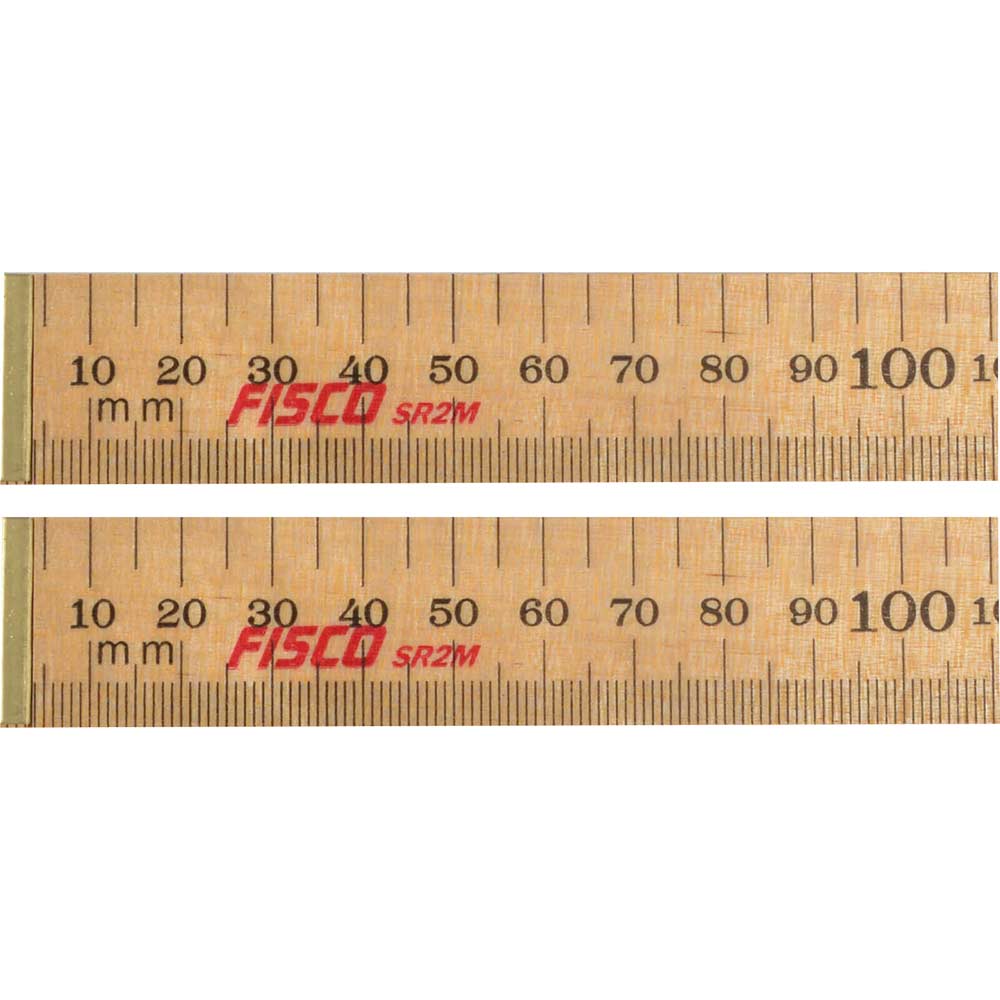

Measuring small measures is more convenient with a ruler. However, for very accurate small measurements, some wood workers swear by a ruler. A tape measure is versatile and can be used to measure both large and small projects. The stiff blade of the tape ensures that it does not bunch up during the measurements.Ī single person can easily measure large boards since it has a hook at one end as well. It’s small, lightweight and makes measuring convenient. A 12 inch retractable metal tape is the most commonly used measuring tape. You have the option of a metal tape or a soft cloth version. Measuring tape is essential in a wood-shop. So let’s start by looking at all the wood measuring tools available to you. In dire situations you might not have another option but to re-cut and reassemble the wood project! We do not want this happening. The measuring mistakes that are discovered during the assembling stage of the process, can be a bother to sort out. But they soon realize that even small errors in measurements can sometimes lead to a discrepancy serious enough to be to be a major hassle. Many start out with not allotting enough importance to this part of woodworking. In this post we will look at the different ways you can measure your wood projects and which method to use when for the most accurate results. Hence the well known saying – “Measure twice, cut once.” It applies to all craftwork that involves cutting and assembling, eg.

Wrong with measurements is one of the most common reasons a wood project can go wrong.

#Wood ruler tool l how to#
Like all Woodpeckers tools, the Woodworking Rules are precisely made and carefully inspected in our Strongsville, Ohio, manufacturing facility (on the south side of the Cleveland metro area).“Measure Twice Cut Once” – How To Measure Your Wood Projects We have metric-graduated Woodworking Rules in four sizes (300mm, 600mm, 900mm & 1200mm). Our inch-graduated Woodworking Rules come in five sizes (6", 12", 24", 36" & 49-1/2"). Rest assured, the product development team is hard at work on even more accessories to help you get the most out of your Woodworking Rules. It makes repetitive marking quick and easy. There’s also the Rule Stop, which clamps to the body of the Woodworking Rule anywhere you want it. You can leave it on permanently, or just add it when you need it. Even better, depress the button in the head and turn the base to a perfect 45°. Attach this to your rule and you have an instant T-square. The newest accessory for the Woodworking Rules is the 45/90 Combo T. It speeds up lay out work and improves accuracy, too. The Hook Stop gives you a compact physical reference for the end of the rule. These allow you to mount two clever accessories to your rule. The ends of the all the rules (except the 6") have a pair of precision-machined threaded holes in both ends. And if you work in both inch and metric measurements, there’s a 49-1/2" model with a left-to-right inch scale on one side and a left-to-right metric scale on the other. It’s perfect for measuring from your table saw rip fence to the blade. It’s quick and easy to move the rule to locate center of a board and then to lay out equal spacing from that point.Īnother popular layout available in our 24", 36" and 49-1/2" rules reads left-to-right on one side and right-to-left on the other. The “0” mark is at the exact center of the rule, with the scale running in both directions from that point. The centering scale is just the ticket for jobs like locating drawer handles. Our most popular version has a left-to-right reading scale on one side and a centering scale on the other. We have several different graduation layouts to meet your specific needs. Put Your County Fair Yardstick in a Museum Where it Belongs


 0 kommentar(er)
0 kommentar(er)
